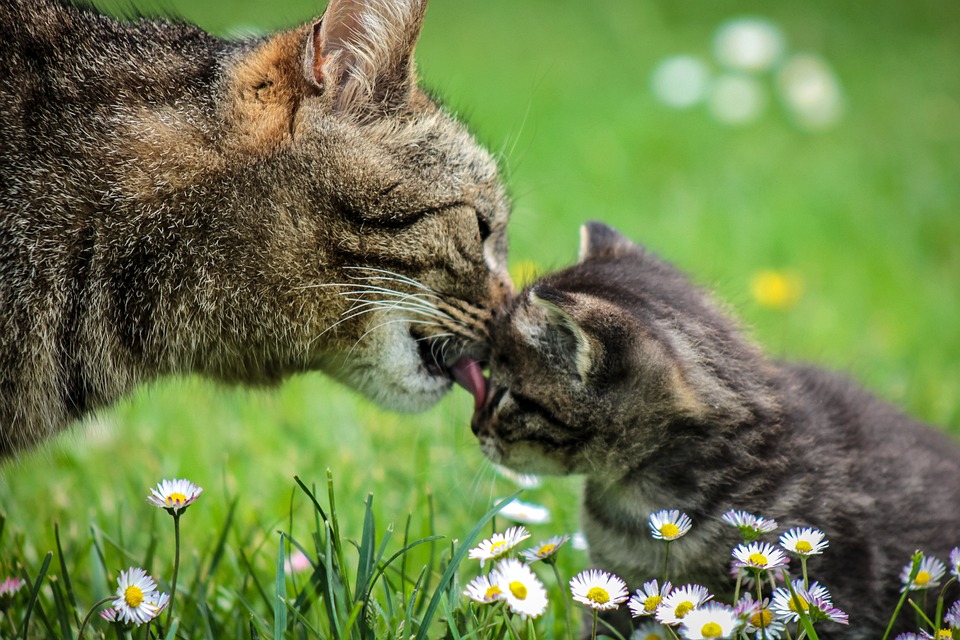Feline acne is a common skin condition that affects cats of all ages and breeds. Despite its prevalence, many cat owners are still unsure about its causes, symptoms, and treatment options. In this article, we will demystify feline acne and provide you with the necessary information to understand and manage this condition effectively.
What is Feline Acne?
Feline acne is a skin disorder that primarily affects a cat’s chin and lower lip area. It is characterized by the formation of blackheads and whiteheads, redness, inflammation, itching, and sometimes hair loss in the affected areas. Feline acne can be mild or severe, and its severity can vary from one cat to another.
Causes of Feline Acne
There are several factors that can contribute to the development of feline acne:
1. Hormonal factors: Hormonal imbalances, such as those that occur during puberty or heat cycles, can lead to increased oil production and clogged hair follicles, resulting in acne.
2. Poor grooming habits: Cats that do not groom themselves adequately or have an excessive accumulation of dirt and debris on their chin area are more prone to developing acne.
3. Allergic reactions: Some cats may develop acne as a result of an allergic reaction to certain foods, plastic bowls, or environmental allergens.
4. Stress and anxiety: Cats that are stressed or anxious may exhibit behaviors such as excessive grooming or rubbing their chin area against surfaces, which can contribute to the formation of acne.
Symptoms of Feline Acne
The most common symptoms of feline acne include:
– Blackheads and whiteheads: Small, raised bumps that resemble blackheads or whiteheads can be seen on the chin and lower lip area.
– Redness and inflammation: The affected skin may appear red, swollen, and irritated.
– Itching and scratching: Cats with acne may scratch their chin area frequently, leading to further irritation.
– Hair loss in affected areas: In severe cases, hair loss may occur in the chin and lower lip area.
Diagnosing Feline Acne
If you suspect that your cat has feline acne, it is essential to consult a veterinarian for a proper diagnosis. The veterinarian will perform a physical examination of your cat’s chin area and may also take skin samples to examine under a microscope. This will help rule out other possible causes of the symptoms, such as fungal or bacterial infections.
Treatment Options for Feline Acne
The treatment approach for feline acne depends on the severity of the condition:
1. Mild cases: For mild cases of feline acne, at-home remedies and preventive measures can be effective. Regular cleaning of the affected areas with warm water and a mild antiseptic solution can help keep the skin clean and prevent further blockage of the hair follicles. Medicated wipes or washes containing benzoyl peroxide or chlorhexidine can also be used to reduce inflammation and eliminate bacteria. Additionally, dietary changes that include anti-inflammatory ingredients can help improve the condition.
2. Moderate to severe cases: If the acne does not improve with at-home remedies or if it is causing significant discomfort to your cat, veterinary treatment options may be necessary. Topical treatments, such as medicated shampoos or gels, can be prescribed by a veterinarian to reduce inflammation and kill bacteria. In some cases, antibiotics or antiseptics may be prescribed to treat infections. For severe cases, corticosteroid injections may be recommended to reduce inflammation quickly.
Frequently Asked Questions (FAQs) about Feline Acne
1. Can feline acne be contagious to other cats or humans?
No, feline acne is not contagious to other cats or humans. It is a localized skin condition that does not spread from one animal or person to another.
2. Is feline acne a sign of poor hygiene?
No, feline acne can occur even in well-groomed cats. While proper hygiene can help prevent and manage feline acne, it is not a reflection of poor cleanliness.
3. Can feline acne be prevented?
Yes, feline acne can be prevented through proper hygiene and stress reduction. Regular grooming and brushing, using stainless steel or ceramic food bowls instead of plastic ones, and creating a calm and stress-free environment for your cat can help reduce the likelihood of developing acne.
4. How long does feline acne usually last?
The duration of feline acne can vary from cat to cat. Mild cases may resolve within a few weeks, while more severe cases may take a few months to clear up. It is essential to monitor your cat’s progress and seek veterinary care if the symptoms worsen or persist.
5. When should I take my cat to the vet for feline acne?
If your cat’s acne is severe, causing significant discomfort, or not improving with at-home remedies, it is advisable to seek veterinary care. A veterinarian can provide a proper diagnosis, recommend appropriate treatment options, and ensure your cat’s overall skin health.
Conclusion
Feline acne is a common but manageable condition that can impact your cat’s skin health. By understanding the causes, symptoms, and treatment options for feline acne, you can take proactive steps to prevent, diagnose, and treat this condition effectively. Remember to consult a veterinarian for proper guidance and care tailored to your cat’s specific needs. With proper management, you can help your cat maintain healthy and acne-free skin.








